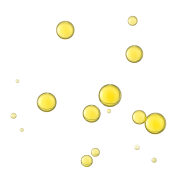Omega 3
Omega 3
Množství
Frekvence doručení
In stock
Doprava a platba
Zaplatit můžete:
- platební kartou
- na dobírku
Zboží vám rádi doručíme:
- na vámi zvolenou pobočku Zásilkovny
- nejvýhodnější přepravní službou přímo na vaši adresu
- zdarma při objednávce nad 1 500 Kč
Balíčky obvykle odesíláme do 24 hodin. Pokud by došlo ke zpoždění, dáme vám vědět. Doručení trvá zpravidla 2–3 dny.
Daňový doklad zašleme na vámi uvedenou e-mailovou adresu.
Satisfaction Guaranteed
We rely on the maximum satisfaction of our customers - you.
If you are not satisfied with Mindflow products, you can return them to us
packaging and get 100% of the price back.
S čím pomůže?
S čím pomůže?
Složení
Složení
Jak produkt užívat?
Jak produkt užívat?
Share this product
Složení
Composition of 1 capsule

FAQ
Why are omega 3 important for the body?
Why are omega 3 important for the body?
When is the best time to use them?
When is the best time to use them?
What is the difference between omega 3 and omega 6?
What is the difference between omega 3 and omega 6?


